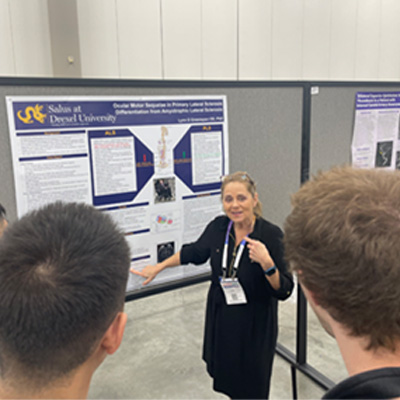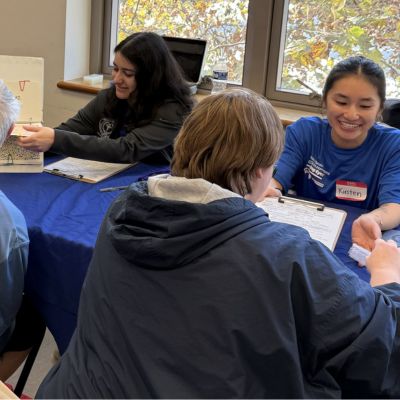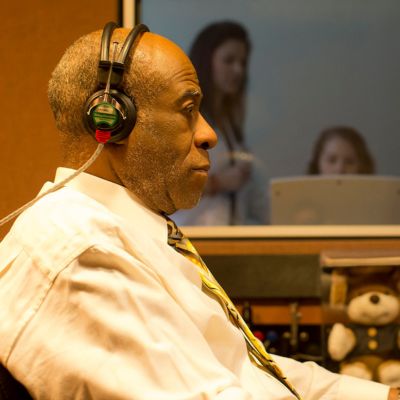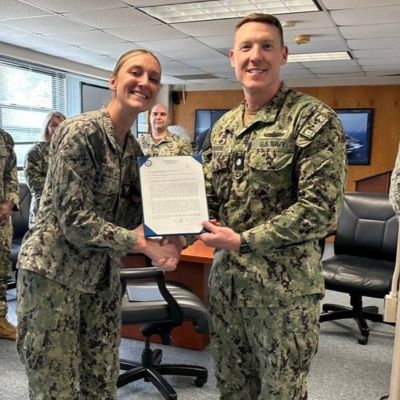Assistant professor Kyomi Gregory, MA, PhD; Leah Fabiano-Smith, PhD, University of Arizona; Monique Mills, PhD, The Ohio State University; Brandi Newkirk-Turner, PhD, Jackson State University; Sonja Pruitt-Lord, PhD, San Diego State University; and Gabriela Simon-Cereijido, PhD, California State University
“Interprofessional Education: Preparing Student Health Professionals for Interprofessional Collaboration”
Jenny Rajan, AuD, assistant professor, and Dawn Ciccarone, MS, OTR/L, CLVT, instructor
“Learning Through Interdisciplinary Case-Studies”
Assistant professor Carrie Knight, PhD, and associate professor Andrea Tyszka, MS, OTR/L, SIPT
“Externship challenges: From the Site’s perspective”
Assistant professor Robert Serianni, MS; Pamela Smith, PhD, Bloomsburg University; Juliana Miller, University of South Carolina; Melissa Passe, MA, Truman State University; Nicole Reisfeld, MS, University of Northern Colorado; Danielle Varnedoe, University of Southern California
“Cross-Curricular Literacy Skill Development in Adolescents using High-Quality Literature”
Assistant professor Carrie Knight, PhD; Jack Knight, EdS, educational consultant; Kristin Nellenbach, PhD, University of North Carolina-Chapel Hill
“Language Screening Options for Nonmainstream American English-Speaking Preschoolers & Kindergarteners”
Assistant professor Kyomi Gregory, MA, PhD; Christy Wynn Moland, Southern University; Janna Oetting, Louisiana State University
“Implementing Parent Training on Literacy Strategies to Improve Expressive Language in Preschoolers”
Bridget Turnbach, SLP ’17, and assistant professor Kyomi Gregory, PhD

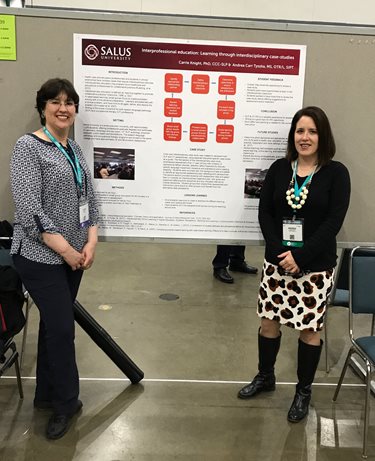 From November 9-11, faculty, students and alumni from the
From November 9-11, faculty, students and alumni from the 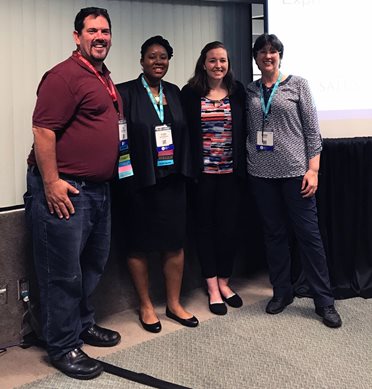 In conjunction with faculty from SLP and audiology programs across the country, Robert Serianni, MS, assistant professor and director of the University’s Speech-Language Institute, explored the challenges of externship placements from the externship site’s point of view. The group surveyed more than 200 individuals involved in the externship process for both programs and examined the data to formulate a list of overarching common issues.
In conjunction with faculty from SLP and audiology programs across the country, Robert Serianni, MS, assistant professor and director of the University’s Speech-Language Institute, explored the challenges of externship placements from the externship site’s point of view. The group surveyed more than 200 individuals involved in the externship process for both programs and examined the data to formulate a list of overarching common issues.